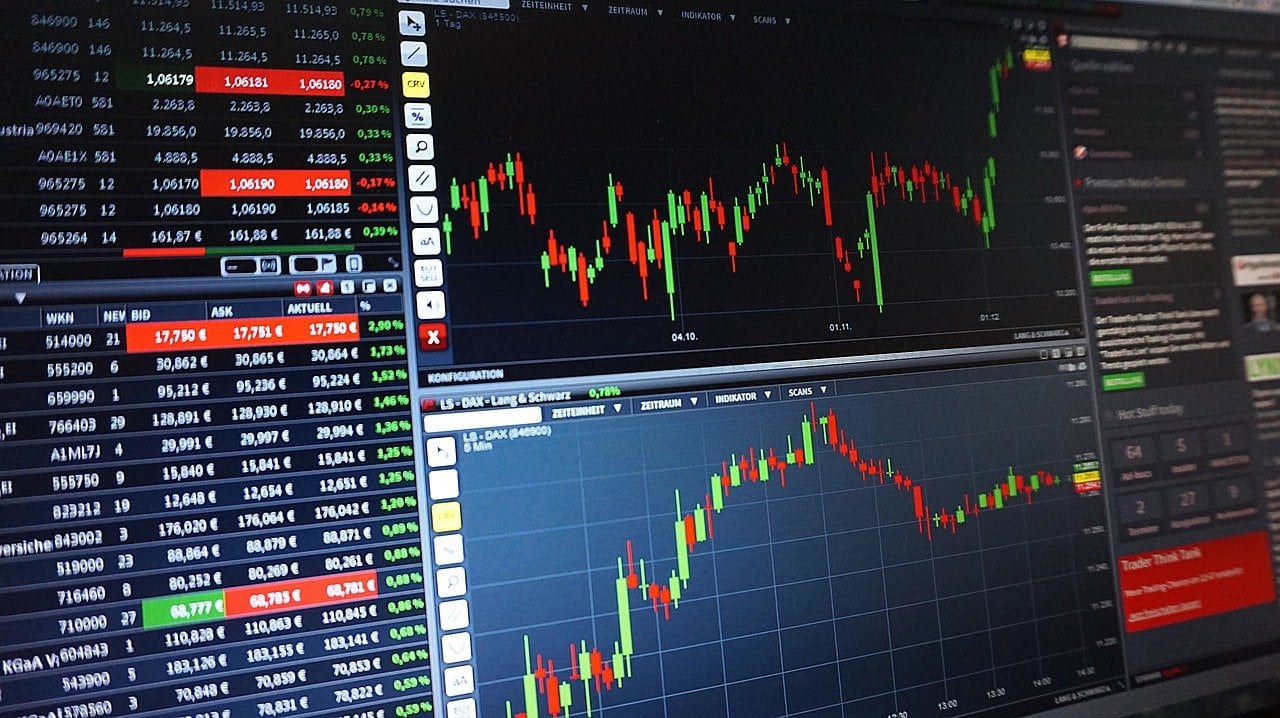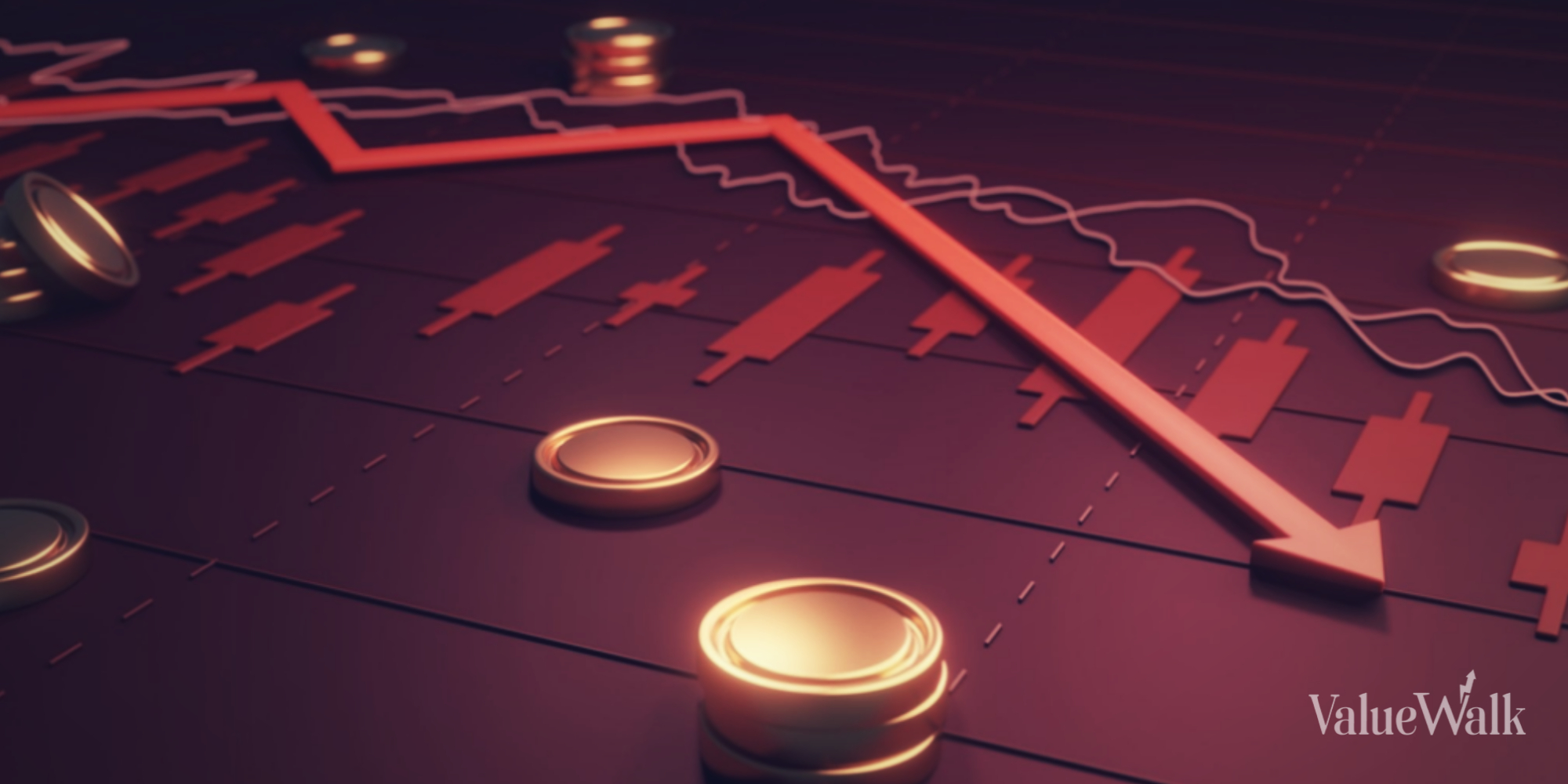Whitney Tilson’s email to investors discussing portfolio management lessons from SandRidge Energy Inc. (NYSE:SD).
Q3 2021 hedge fund letters, conferences and more
Investing In SandRidge Energy
In my last two e-mails, I discussed my decision to invest in SandRidge Energy (SD). It was one of my most successful investments ever: I just closed out the position over the past week for a 544% gain in less than 18 months – almost 10 times the 56% return of the S&P 500 Index.
You might think that finding, analyzing, and deciding to invest in a big winner like this is 90% of the game. Once you've done these three things correctly, the rest is easy. All you have to do is sit back and bank the profits as they roll in, right?
Nope.
These three steps are only the beginning of a successful investment...
Buying stocks that go up is only half the battle – portfolio management is the other half.
I discussed this topic at length starting in my August 17 e-mail, in which I shared these five lessons:
- Be careful with exposure and margin
- Limit your number of positions
- Size positions carefully
- Resist the temptation of investing in options or private companies
- Resist the urge to overtrade
In my e-mail two days later, I shared reader feedback and then concluded the series in my September 14 e-mail on "Know when to add to, hold, trim, or exit your positions."
Applying General Portfolio Management Lessons In The Case Of SandRidge
Let's see how I applied these general portfolio management lessons in the case of SandRidge...
Once I decided to invest, the first question was, what security did I want to own? The most obvious and common answer is to simply buy the common stock. But with many stocks, you can buy a listed call option instead of or in addition to the stock. Also, in the case of a distressed company like SandRidge, the debt is often trading at a steep discount, possibly making it a more attractive investment than the equity.
In this particular case, however, the answer was easy: SandRidge was a microcap (it had a market cap of only $70 million), so there were no listed options – and, as I explained in yesterday's e-mail, the stock already had the characteristics of an option. And it only had $46 million of debt outstanding, so I couldn't invest in this, either.
Once I made the (quick and easy) decision that I wanted to buy the stock, I had to make the much harder decision of how much to buy. I felt like this was one of the best ideas I'd come across in quite some time, but as a mispriced option, it was risky. How much of my hard-earned money was I willing to risk? Per the table in yesterday's e-mail, I estimated a 30% chance of the stock going to zero and a 20% chance it would get cut in half.
There's no right answer here. But there are a lot of wrong answers... In short, the position should be big enough to move the needle if you're right, yet small enough that it's not going to wreck your long-term performance or cause you to lose sleep if you're wrong.
In my case, I decided to buy 25,000 shares at $1.95, risking $48,750. For a cheapskate value guy like me, that's a lot of money – enough to buy a nice new car! But in the context of my total net worth, this position was a very small percentage. So even if it went to zero, it wouldn't hurt too much...
OK, once I'd bought the stock and sized it appropriately, now I was done, right?
Nope again...
You don't make any money buying a stock that goes up – you only make money holding it.
I'm not trying to be cute or trite – this is actually one of the most important concepts of all when investing.
Trust me, I speak from hard experience. If I had understood this concept better and applied it properly, my net worth today would easily be 10 times – perhaps even 100 times – what it is.
Cisco, Apple, And Probabilities
Consider: I owned Apple Inc (NASDAQ:AAPL) at $0.35 (adjusted for multiple splits totaling 56:1) in mid-2000, published an article on October 16 of that year entitled "Cisco, Apple, and Probabilities," in which I argued that Apple's beaten-down stock was a better buy than market darling Cisco Systems Inc (NASDAQ:CSCO), and posted these prescient thoughts on a message board. (They're still there 21 years later):
My column tonight on Apple was too long, so this section had to be cut on why, despite the recent bad news, I believe Apple's long-term future might not be as grim as the market currently thinks:
- The company has a base of fiercely loyal users who didn't abandon the company even when it could have qualified as a national disaster area;
- There are 50 million homes in the U.S. without a PC, not to mention hundreds of millions overseas. I think it is safe to assume that people without computers today are significantly less technologically sophisticated than average. This plays to Apple's strengths of easy-to-set-up computers and a user-friendly operating system;
- Apple has consistently developed stylish, innovative products that differentiate it from its competitors and allow it to charge a premium price. Sometimes these products don't take off – at least not immediately – as appears to be the case with the new G4 Cube, but I don't see this advantage disappearing;
- I heard from one user that he's waiting to upgrade his hardware until Apple's new Mac OS X operating system is released next year. If this is representative of other users to any material degree, it could help explain the current weakness and bode well for the future, especially if the new operating system is a hit;
- While Apple's balance sheet weakened a bit last quarter, it remains pristine, with a huge cash hoard, little debt, a low and stable flow ratio, and a negative cash conversion cycle;
- Apple has a "light" business model, with small inventories and low capital expenditures ($65 million in the first three quarters of FY 2000);
A Wild Card: Steve Jobs
Some people have e-mailed me to say they don't want to own Apple stock because they don't like or trust Steve Jobs. Others have the opposite concern: They view him as Apple's savior and are worried that he'll leave. My view is that, for all his quirks, he's a genius who deserves the lion's share of the credit for engineering Apple's comeback (even after its big drop, the stock has more than tripled off its lows three years ago). Yet, I'm open to the idea that the company might be better off if he were to step aside, assuming the right CEO could be found now that the company is on stronger footing (recent difficulties notwithstanding).
Since then, through yesterday's close, the stock is up 413 times. So why am I not retired and flying around in a brand-new Gulfstream 650 jet? Because I stupidly sold after it went up a little!
Amazon And Netflix
Ditto for Amazon.com, Inc. (NASDAQ:AMZN), which I owned in mid-1999 at $47.91 (up 72 times). And Netflix Inc (NASDAQ:NFLX), which I pitched as "this decade's Amazon" at my conference (you can see my slides here) when it hit a multiyear low of $7.78 on October 1, 2012 (up 82 times).
These are the three most extreme examples, but there are many others, I regret to say...
If only I had just listened to Charlie Munger, who said this at the 2000 Berkshire Hathaway (BRK-B) annual meeting (which I attended):
The investing where you find a few great companies and just sit on your ass because you've correctly predicted the future, that is what it's very nice to be good at.
"Sit on your ass" investing – so simple in theory, yet so difficult in practice!
On most days, it is easy to see that when I own the stock of great companies like Apple, Amazon, and Netflix, I should just keep holding them (i.e., sit on my ass).
But "most" days aren't good enough when the goal is to own great stocks for years, even decades.
You see, to hold a stock for that length of time, it's not good enough to be smart enough not to sell it 99% of the time. Here's why: The stock market is open 253 days most years. If you are smart enough not to sell a great stock on 99% of those days, that means there's a 1% chance every day that you get dumb and sell. That translates into a 92% chance that you sell in a given year (to see the math, type ".99^253" into Google).
I look back on the days when I was running a hedge fund and now realize that it often didn't take much for me to have one of those dumb 1% days. Maybe I didn't get enough sleep, or I found out some smart investor I respected was shorting the stock, or I read some negative analyst report, or the headlines were filled with bad news.
Compounding this, even though I had great, long-term-oriented investors and regularly preached Buffett and Munger's gospel of holding great businesses forever, I nevertheless felt short-term performance pressure. If a stock wasn't moving for many months or, worse yet, was giving back some gains, I too often sold.
In tomorrow's e-mail, I'll continue discussing why I held SandRidge's stock for nearly 18 months without buying or selling a share and then decided to sell my position last week.
Best regards,
Whitney
P.S. A couple of astute readers caught a silly error I made in yesterday's e-mail. In calculating the expected value of SandRidge's stock, I neglected to factor in the first scenario in the table I presented: a 30% chance of a 100% loss of capital results in a negative 30% return. Including this, the total for all scenarios should have been 50%, not 80%.





